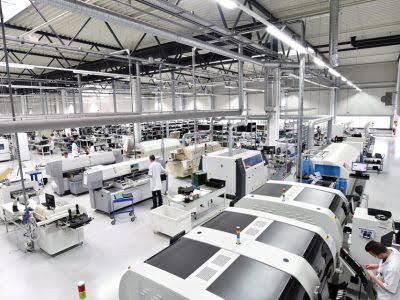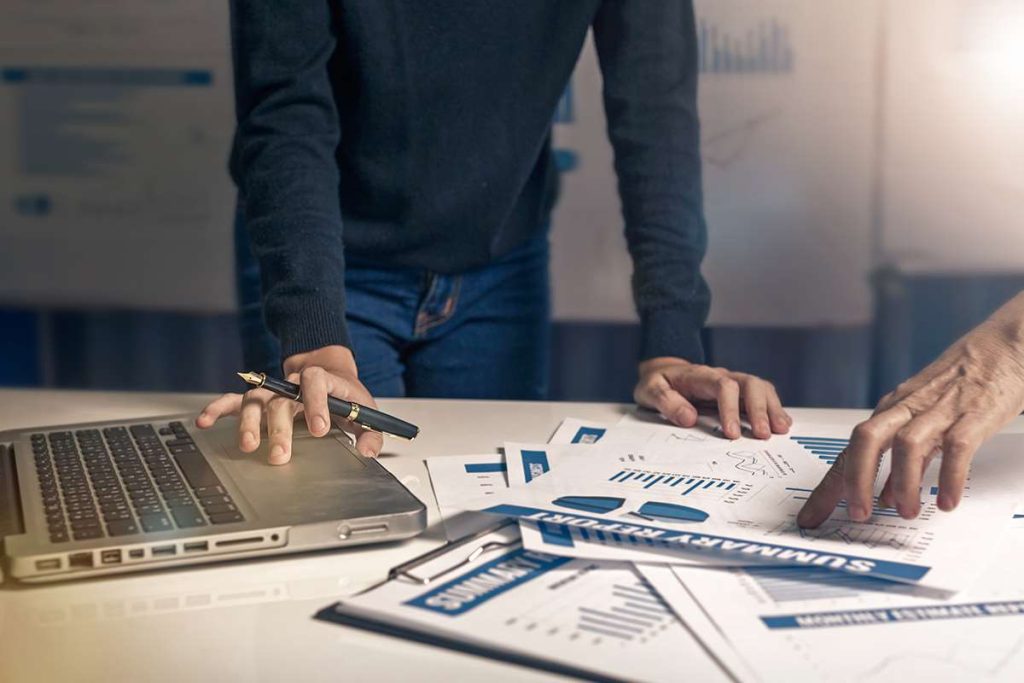
For instance, cash flows into your business from clients and customers who purchase your goods or services directly, or through the collection of debts in the form of accounts receivable. On the other hand, cash flows out of your business to pay expenses like rent, utilities, taxes, and accounts payable. Again, assets would include the current and fixed assets your company has on hand, while liabilities would include outstanding debts or obligations. By subtracting what you owe from what you own, you can determine your company’s net worth, and arrive at a comprehensive snapshot accounting of the company’s financial situation at a given moment. Investors and business owners use financial ratios to assess a company’s financial health and long-term prospects.
Cash and Cash Equivalents
- Current assets are what a company owns and expects to use or convert into cash, while current liabilities are what a company owes and needs to settle within a year.
- Companies account for cash assets in an effort to help creditors, investors and other entities make decisions regarding the company.
- Current assets normally are expected to be converted to cash within one operating cycle, which is commonly one year.
- Thus, goods available for resale form a part of the inventory for businesses such as merchandising companies.
- For instance, if you run a retail business, offering a subscription box with monthly deliveries could provide consistent revenue.
It’s the fuel that keeps the engine running allowing companies to pay their bills invest in growth, and generate profits. Cash is a crucial asset that plays a vital role in a company’s financial health. The main difference between a current and non current asset ishow quickly the asset can be liquidated (sold for cash).
Understanding your small business’s current assets

These expenses get converted when a business derives benefit from such an asset as per the matching principle of accounting. With the above information in mind, cash appears as the first item under the account head “current assets” in the balance sheet since it is the most liquid asset of an entity. Start by regularly reviewing your company’s balance sheet or those of companies you’re interested in. Look at the different types of current assets and how they fluctuate over time.
Current Assets vs. Noncurrent Assets

Cash equivalents are the result of cash invested by companies using very short-term, interest-earning financial instruments. These instruments are highly liquid, secure, and can be easily converted into cash, usually within 90 days. These securities include treasury bills, commercial paper, and money market funds. These securities readily trade on the market and the value of these securities can also be readily determined.
Noncurrent assets are any long-term assets that won’t develop into cash within a year or the business’s operating cycle. Noncurrent assets might include patents, equipment, real estate, and cash surrendered from canceling insurance (cash surrender are any assets easily converted into cash within one calendar year value). Noncurrent assets are “illiquid,” meaning you cannot turn them into cash easily. Cash is the most liquid asset of an entity and is important for the short-term solvency of the company. The cash balance shown under current assets is the balance available with the business.


Current assets are an essential part of liquidity ratios like current ratio, quick ratio and cash ratio. For instance, Alphabet’s Q balance sheet had $162.0 billion in current assets compared to $77.9 billion in current liabilities. Tracking current assets and comparing them to current liabilities helps business owners stay on top of their expenses. Businesses can use this formula to assess their ability to cover current liabilities and remain financially solvent if revenue slows down.
What is the different between current assets and non-current assets?
This inherent liquidity separates them from long-term assets like real estate, machinery, or intellectual property. The current assets include all the assets that can be turned into cash within a year. It is better to organise them as it helps in making better decisions that let the business grow and improve its cash flow, performance, and ability to spend money where https://www.bookstime.com/tax-rates/oregon it is most beneficial. However, these prepaid expenses eventually turn into expenses from current assets.
Key Features of Current Assets

It’s important for a business to have assets, and for the business to have some current assets that can quickly be turned into cash if necessary. Usually the business notifies the client by invoice of the amount owed, and if not paid, the debt is legally enforceable. On a business’s balance sheet, accounts receivable is logged as an asset. If assets are the resources your company owns that contribute to its economic value, liabilities are its exact opposite.
